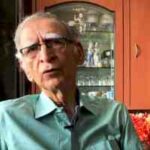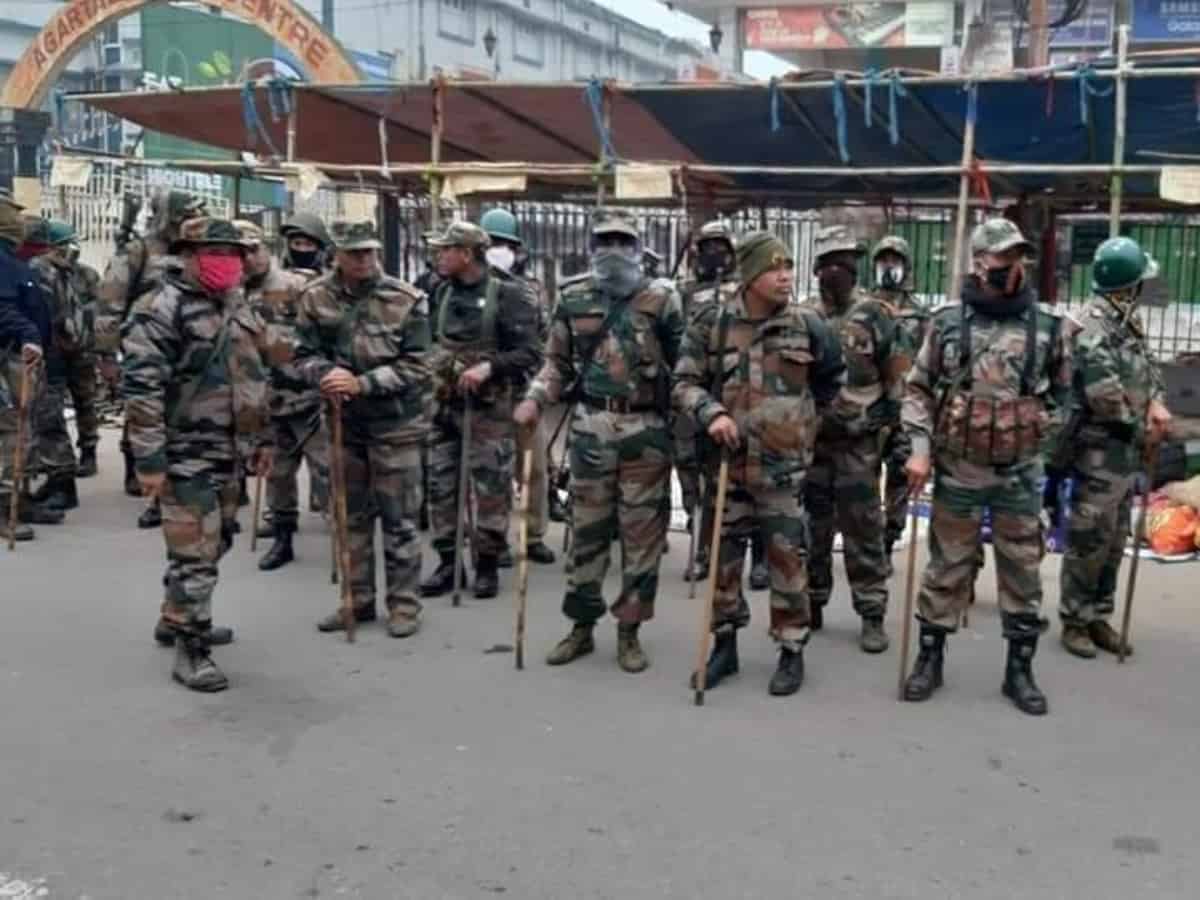
The story of contemporary Indian society is mired by the regular outburst of violence against its religious minorities. As the Prime Minster is hugging Pope, back home the anti Christian violence is on the constant rise, though in low intensity endemic form. Muslims as a community have been the prominent victims with violence against them erupting at diverse places. The impact of communal violence on the social dynamics is constantly visible as the Muslim community is marginalized in ever increasing intensity. One expression of this is the section of them feeling alienated in increasing degree as exhibited by some of them bursting crackers when Pakistan wins an inconsequential cricket match, as witnessed recently. There is no dearth of communal ideologues across the border as one of the ministers from Pakistan foolishly declared it as victory of Islam and another one from that lobby, a cricketer declared the offering of Namaz in front of Hindu as another sign of superiority! Idiocy has no limits it seems.
And at around the same time Tripura witnessed communal violence. This violence was orchestrated on the pretext of the unfortunate and condemnable violence in Bangla Desh during Durga Puja. In Tripura currently BJP Government is ruling. Same Tripura was ruled by left party for decades and did not witness a single violence during that period. Tripura violence was precipitated after the rallies led by VHP, RSS, and other affiliated organizations were in full flow. The slogans in these rallies were that true Hindus must unite and act now. They should unite above political and other differences. These rallies provoked the discord by spreading the fear that Hindus are under threat. If the Muslims can torment Hindus across the border, just few kilometers across, what will stop them from attacking the Hindus here?
The slogans were that Hindus must be provided with arms for self defense in Bangla Desh. As the rallies and consequent violence was on; the state Government made the show of taking action but it let the violence, burning of the mosques and attack on property of Muslims, go on unabated. The result has been nearly 20 Hate crimes, attacks on around 15 mosques and total destruction of 3 mosques. And all this happened as the police force is claiming that all efforts were done to control the violence. Here one recalls Dr. Vibhuti Narain Rai’s observation that no communal violence can go on beyond 48 hours, without the covert sanction from the state.
How rumors play a role in provoking the people is well known, now added on to ‘word of mouth hate propagation’, the social media has become another powerful tool in spreading the ‘Hate for other community’. The key here lies in showing that the majority community is the victims of the minorities’ excesses. The trick succeeds well as the grip of social media is an evil grip, escaping from whose clutches is not easy. The IT cell and its use of social media in an effective manner is a big key for those aiming political games. These raise the emotive pitch and poorer sections of society, become the primary foot soldiers of the violence.
The other incidents of Hate are not too difficult to find, as ‘hate Muslims-Christians’ is being made the new normal in the social thinking. In Ahmadabad, in Anand, a road was being washed in front of a Hotel, as the Hotel has a Muslim partner.
Earlier the spectacular violence like 92-93 Mumbai, Gujarat 2002, Kandhamal 2008, and Muzzafarnagar 2013 were planned at a big scale. After 2014, such massive acts are not there barring the 2020 Delhi violence, which was organized to teach the community a lesson for the Shaheen Bagh movement, the biggest and very democratic movement in Independent India. The big acts of violence polarize the community instantly and the majority community flocks to the communal forces as the minorities are thrown into the ghettoes.
State, ruled or dominated by communal forces (through infiltration into the state apparatus like in bureaucracy, police) remains quiet, and does not take the proper steps to bring a halt to the killings of innocents. One of the reasons may be that the ruling outfit may not be so much dependent on the votes of these minorities, whose drift away from them is overcompensated by the polarization of majority community to them as their imagined saviors.
There are great scholarly works on Indian communal violence. Dr. Asghar Ali Engineer showed that the communal violence has nothing to do with religion and religion is used as a cover for political games. Paul Brass shows that there is a prevalence of ‘Institutional riot mechanism’, which is activated prior to elections for electoral benefits. Wilkinson gives the answer to another lemma as to why the state is not following the norms to control the violence and he points out that the victim of violence are those who are not its electoral base, on whom it does not depend for its electoral success.
Communal violence has constantly been changing its forms; its agenda is also dynamically changing. Now Tripura and earlier to this Assam we witnessed it as communalizations’ deeper inroads into these areas. While the ruling party will claim that there are no major communal riots during its rule, the truth is now major communal violence is not needed to polarize the communities, as that goal has already been achieved to a great extent.
Currently communal violence is like a maintenance dose of communalization process. We also can observe that after the acts of violence the communities come to newer equations of relationships. The minorities come to accept their subordinate place by ghettoisation and by accepting their lower status in the society.
It is in these circumstances that some disgruntled elements burst crackers to show their frustrations in the society in which they are slogging to survive. The bursting of crackers as an act of anti nationalism is extremely superficial way of looking at the phenomenon, worsening the communal divides rather than putting a soothing balm to the victimized community.

